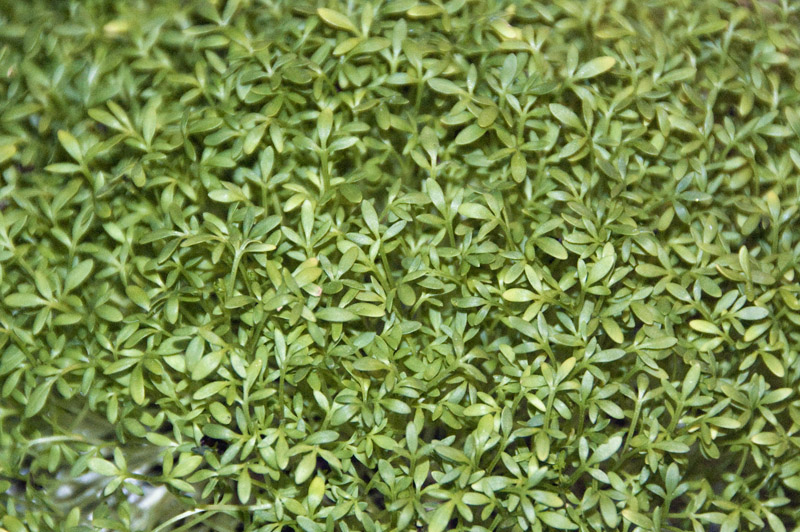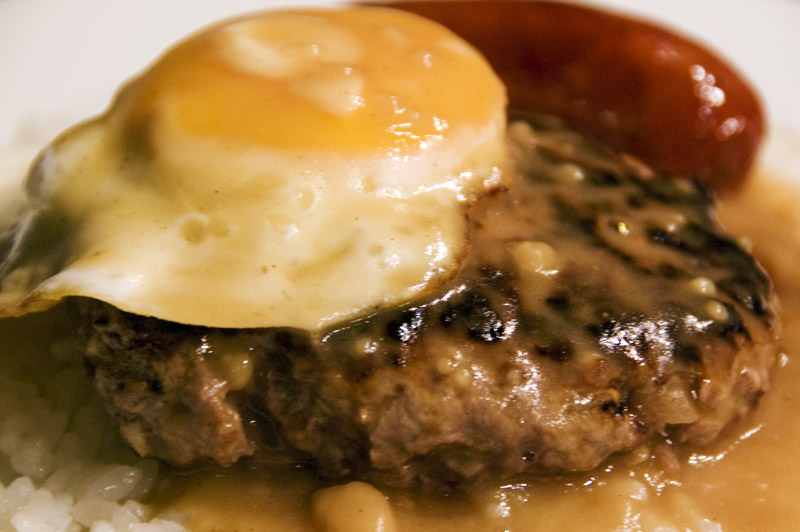One of our favorite things to eat in England comes not from the hallowed kitchen of St. John nor the menu of a hip gastrobpub, but rather from the supermarket. Jiggawhat!? That's right... No trip to England is complete without stopping in at least once every couple of days for a pre-packaged sandwich from Tesco or Sainsbury's or – if you're into all sorts of eco-over-packaging – Marks & Spencer. But it's one sandwich in particular that gets our motor running: Egg & Cress.
I've been eating these industrial-but-delightful sandwiches for the better part of 10 years now ever since discovering them, and when I first introduced Alannah to them a few years ago on some drunken late-night Sainsbury's run, she claims she knew I was the man for her. Apparently, egg salad haters need not apply.
But egg & cress is not merely an egg salad sandwich. It's an egg salad sandwich with cress! From our American POV, our first question would naturally be, "What the hell is cress? Watercress?" No, it's not watercress. It's a sprouted green often called 'salad cress' or 'garden cress' a distant relative of mustard with a milder bite of spiciness. It is, of course, much better known and widely available in Britain. In France, it's called cressonnette, is almost as widely known... but we could never find it anywhere.
So as winter started to melt away we said, "Fuck it!" and decided to grow our own. And once we found packets of organic cressonnette seed, it was easier than a Tri-Delt doing 32 oz. beer bongs in Cancun.
 |
| It takes about 6 days to have properly sprouted, edible cress. This is from a large pinch of seeds. |
We boiled some eggs 'til the yolk was nearly hard, but not quite. Using my well-trained wrist and forearm, I whipped up some homemade mayo with some more fresh egg yolks. Mixed it all up, added the cress, and voila! The egg salad couldn't have been more homemade if we'd made like chickens and shot them out of our butts ourselves.
As for the bread, the weather's still too cool to make our own sourdough starter, so we caved and bought a gigantic boule – gigantic, fluffy, and crusty as hell on the outside – from a local artisan baker. There will be no industrial crap in this sandwich, however it may have been inspired...
 |
| Sainswhat? Marks & who? |
It's simple. It's quick. It's unbelievably satisfying.
Want to make your own? Use about 1.5 tablespoons of mayo per hardboiled egg, adding maybe half a fistful of garden cress.
Your own mayo? 1 egg yolk + 1 bottle cap of vinegar, beaten, to which you slowly add 200ml (roughly a cup) of oil while you beat the shit out of it with a whisk. You can use an electric mixer if you're a pussy. Also, you can add a little salt, mustard, or even sugar to vary the flavor, but if you're using great eggs, the yolk should provide just enough flavor.
Also, at this point, don't make this with last week's Easter eggs. They're probably on the verge of rotten.
Just sayin'.


















